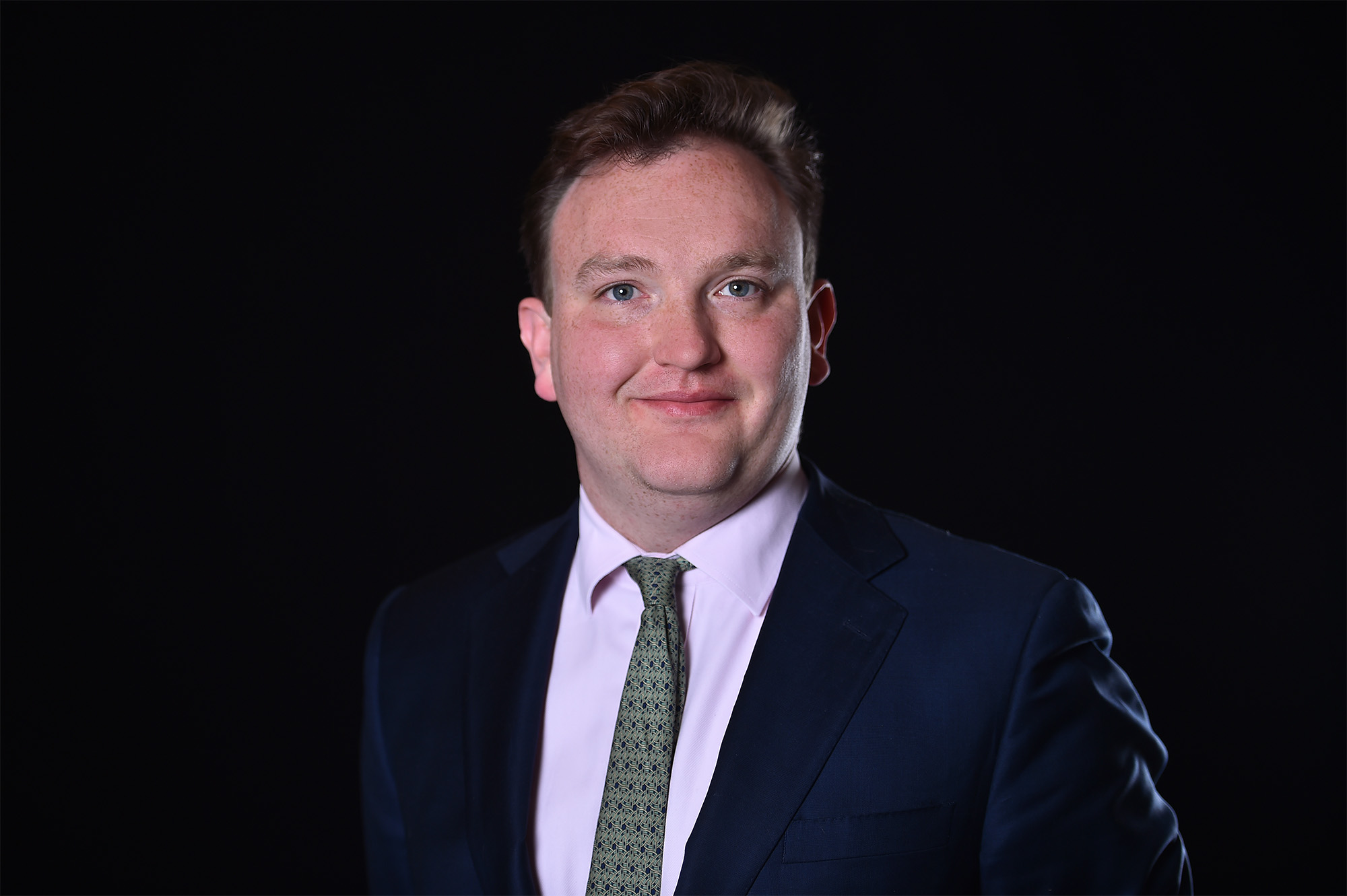All UK residents
Income Tax
From 6 April, the rates of tax applicable to dividend income will increase by 1.25% and National Insurance (as a result of the Health and Social Care Levy) will increase by 1.25%. Whilst the personal allowance and higher rate threshold will remain frozen for most taxpayers, this will feel like a hike, given inflation.
If you are a taxpayer who has just fallen into the higher or additional rate thresholds then making Gift Aid donations or investing in qualifying Enterprise Investment Scheme / Seed Enterprise Investment Scheme / Venture Capital Trust (EIS/SEIS/VCT) companies could help to reduce the tax liability.
Capital Gains Tax (CGT)
As with the personal allowance, the CGT annual exemption has been frozen for 2022-23. As the annual exemption cannot be carried forward, utilising this before 5 April is recommended.
Transfers of assets between spouses (or civil partners) can be made on a no gain no loss basis, so a couple can potentially have £24,600 of CGT tax-free allowance between them annually.
ISAs
An ISA is still one of the most tax efficient ways of investing, as gains and income are received tax free within the ISA. The ISA allowance for adults (over 18 and UK resident) is £20,000 for 2021-22 and the Junior ISA allowance is £9,000.
Pensions
Contributions to pension schemes also help to reduce the current year tax liability, as relief is available at 40% for higher rate taxpayers and 45% for additional rate taxpayers.
Taxpayers may also benefit from reviewing unused allowances from previous years and should be aware that if they wish to take advantage of unused allowances from 2018-19, 5 April 2022 is their last chance. Professional advice from a regulated pension adviser is, however, recommended.
UK Resident Non Domiciliaries
And for those who are long term UK resident, non domiciliaries there are other steps which could be considered.
The UK is a very attractive place for non UK domiciliaries to be resident from a tax perspective, as outlined in our briefing note: “Pre-Arrival” Tax Planning for those seeking to become UK resident.
However, once an individual has been a UK resident for 15 out of the past 20 tax years they will become domiciled in the UK for all UK tax purposes (‘deemed domiciled’). This means that they can no longer take advantage of the remittance basis and it also means that their worldwide estate is brought within the UK inheritance tax (IHT) net (and potentially subjected to tax at up to 40% on death).
Fortunately, steps can be taken prior to becoming ‘deemed domiciled’ to minimise the adverse tax implications of this:
- The most commonly used structure is an ‘offshore’ trust. This can protect against both future IHT and income tax / CGT going forward.
- Another step which might be considered is making material disposals offshore and claiming the remittance basis (thereby rebasing). Whilst the proceeds would remain outside the UK, it does at least avoid a potentially significant, arising basis CGT charge on the gain for a deemed domiciliary in future years.
- Many individuals consider making material gifts prior to becoming deemed domiciled, so that these are not subjected to the normal UK gifting rules – which require the donor to survive 7 years from the date of gift. In some cases, this can be effectively done using unremitted funds.
Authored by Benedict Jennings, Senior Tax and Trust Manager in our Private Client Department, a specialist in both onshore and offshore trusts and landed estates and advising multi-generational families on trust structure and tax efficiency. If you would like to discuss any of the issues raised, please do not hesitate to contact Benedict or your usual Payne Hicks Beach contact.
To download this Briefing, please click on the link below.


